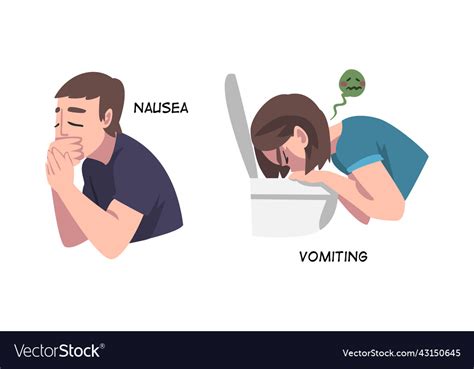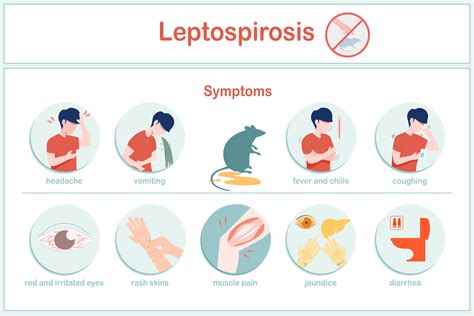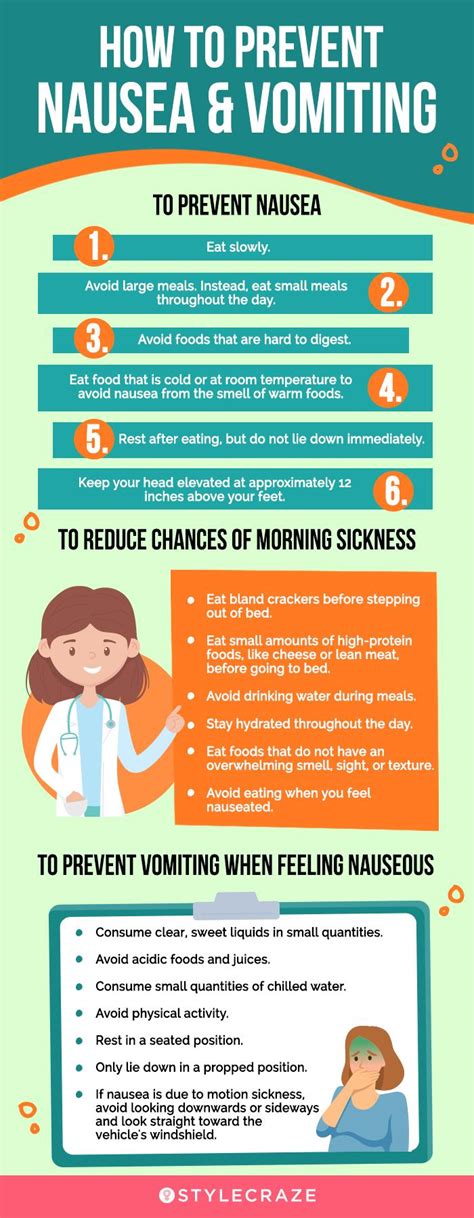Intro
Discover causes and treatments for vomiting and fever symptoms, including dehydration, nausea, and stomach flu, to alleviate discomfort and prevent complications.
Vomiting and fever are two common symptoms that can occur together in various illnesses and conditions. These symptoms can be uncomfortable and even debilitating, making it essential to understand their causes, effects, and possible treatments. In this article, we will delve into the world of vomiting and fever, exploring their possible causes, symptoms, and treatment options. Whether you are a concerned parent, a curious individual, or a healthcare professional, this article aims to provide you with valuable insights and information to help you navigate these symptoms effectively.
Vomiting and fever can be symptoms of various underlying conditions, ranging from mild to severe. In some cases, these symptoms can be a sign of a viral or bacterial infection, such as the flu, food poisoning, or gastroenteritis. In other cases, they can be a symptom of a more serious condition, such as appendicitis, meningitis, or a severe allergic reaction. Understanding the possible causes of vomiting and fever is crucial in determining the best course of treatment and ensuring a speedy recovery.
The combination of vomiting and fever can be particularly concerning, especially in young children, older adults, and individuals with weakened immune systems. These symptoms can lead to dehydration, electrolyte imbalances, and other complications if left untreated. Furthermore, vomiting and fever can be a sign of a more serious underlying condition, such as a kidney infection, pneumonia, or sepsis. Therefore, it is essential to seek medical attention if these symptoms persist or worsen over time.
Causes Of Vomiting And Fever

Vomiting and fever can be caused by various factors, including viral and bacterial infections, food poisoning, and other underlying medical conditions. Some common causes of vomiting and fever include:
- Viral gastroenteritis, also known as stomach flu
- Bacterial gastroenteritis, such as food poisoning
- Influenza, or the flu
- Respiratory tract infections, such as pneumonia or bronchitis
- Urinary tract infections, such as kidney infections or cystitis
- Appendicitis, or inflammation of the appendix
- Meningitis, or inflammation of the meninges
- Severe allergic reactions, such as anaphylaxis
Types Of Infections
Viral and bacterial infections are two common types of infections that can cause vomiting and fever. Viral infections, such as norovirus or rotavirus, are highly contagious and can spread quickly through close contact with an infected person or contaminated food and water. Bacterial infections, such as Salmonella or E. coli, can be caused by consuming contaminated food or water or through close contact with an infected person.Symptoms Of Vomiting And Fever

The symptoms of vomiting and fever can vary depending on the underlying cause. Common symptoms include:
- Vomiting, which can be projectile or mild
- Fever, which can range from mild to severe
- Chills, or feeling cold despite a high body temperature
- Headache, or pain in the head or neck
- Muscle or body aches, or pain in the muscles or joints
- Diarrhea, or loose and watery stools
- Abdominal pain, or pain in the stomach or abdomen
- Nausea, or feeling queasy or lightheaded
Complications Of Vomiting And Fever
If left untreated, vomiting and fever can lead to various complications, including: * Dehydration, or loss of fluids and electrolytes * Electrolyte imbalances, or changes in the levels of essential minerals such as sodium, potassium, and chloride * Kidney damage, or injury to the kidneys * Respiratory failure, or failure of the lungs to function properly * Sepsis, or a life-threatening response to an infectionTreatment Options For Vomiting And Fever

The treatment options for vomiting and fever depend on the underlying cause and severity of the symptoms. Common treatment options include:
- Fluid replacement, or drinking plenty of fluids to replace lost electrolytes and fluids
- Rest, or getting plenty of rest to help the body recover
- Medications, such as anti-emetics or antipyretics, to help manage symptoms
- Antibiotics, if the cause is a bacterial infection
- Antiviral medications, if the cause is a viral infection
- Surgery, if the cause is a condition such as appendicitis or a severe allergic reaction
Home Remedies For Vomiting And Fever
In addition to medical treatment, there are several home remedies that can help manage vomiting and fever. These include: * Staying hydrated by drinking plenty of fluids, such as water, clear broth, or electrolyte-rich beverages like sports drinks * Resting and avoiding strenuous activities * Eating small, frequent meals to help manage nausea and vomiting * Avoiding spicy, fatty, or heavy foods that can irritate the stomach * Using a cool compress or taking a cool bath to help reduce feverPrevention Of Vomiting And Fever

Preventing vomiting and fever requires a combination of good hygiene practices, a healthy diet, and regular medical check-ups. Some ways to prevent vomiting and fever include:
- Practicing good hygiene, such as washing hands frequently and avoiding close contact with people who are sick
- Eating a healthy and balanced diet, including plenty of fruits, vegetables, and whole grains
- Staying up-to-date on vaccinations, such as the flu vaccine
- Avoiding contaminated food and water
- Getting regular medical check-ups to monitor overall health and detect any potential health problems early
Importance Of Seeking Medical Attention
If you or someone you know is experiencing vomiting and fever, it is essential to seek medical attention if the symptoms persist or worsen over time. A healthcare professional can help determine the underlying cause of the symptoms and provide appropriate treatment to prevent complications and promote a speedy recovery.What are the most common causes of vomiting and fever?
+The most common causes of vomiting and fever include viral and bacterial infections, food poisoning, and other underlying medical conditions.
How can I prevent vomiting and fever?
+Preventing vomiting and fever requires a combination of good hygiene practices, a healthy diet, and regular medical check-ups. This includes practicing good hygiene, eating a healthy and balanced diet, staying up-to-date on vaccinations, avoiding contaminated food and water, and getting regular medical check-ups.
When should I seek medical attention for vomiting and fever?
+You should seek medical attention if the symptoms persist or worsen over time, or if you experience severe symptoms such as difficulty breathing, chest pain, or severe abdominal pain.
In conclusion, vomiting and fever are two common symptoms that can occur together in various illnesses and conditions. Understanding the possible causes, symptoms, and treatment options for these symptoms is crucial in determining the best course of treatment and ensuring a speedy recovery. By practicing good hygiene, eating a healthy and balanced diet, staying up-to-date on vaccinations, and seeking medical attention when necessary, you can help prevent and manage vomiting and fever effectively. We hope this article has provided you with valuable insights and information to help you navigate these symptoms effectively. If you have any further questions or concerns, please do not hesitate to comment below or share this article with others.
